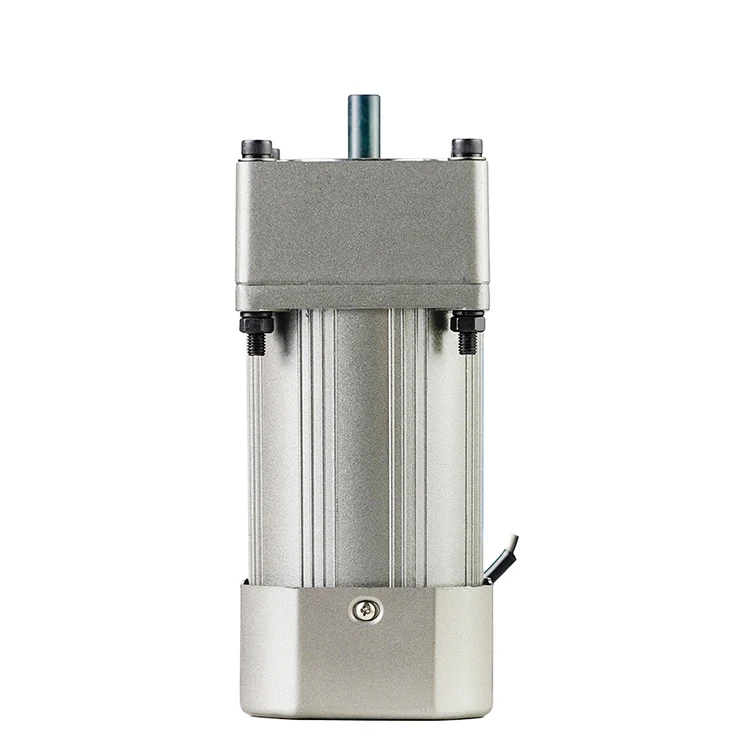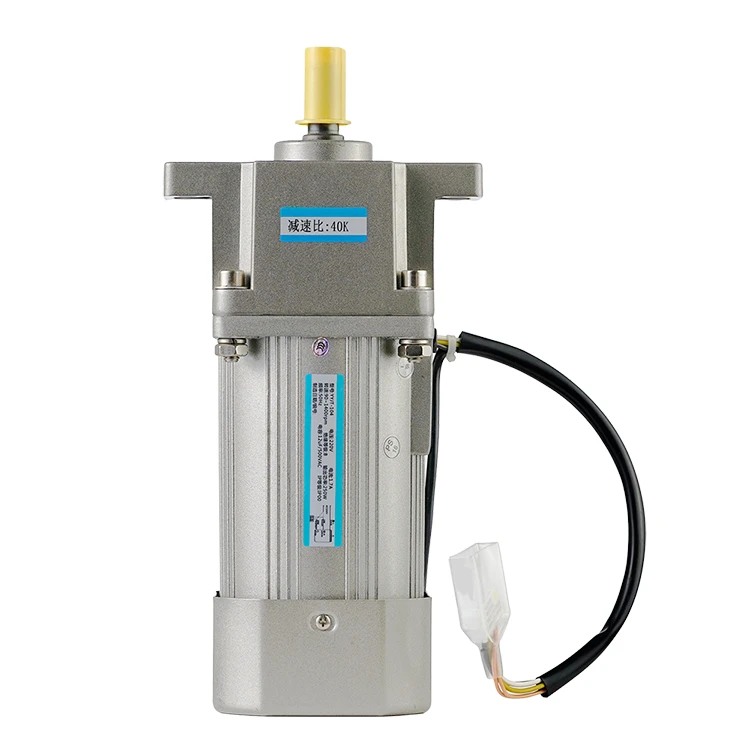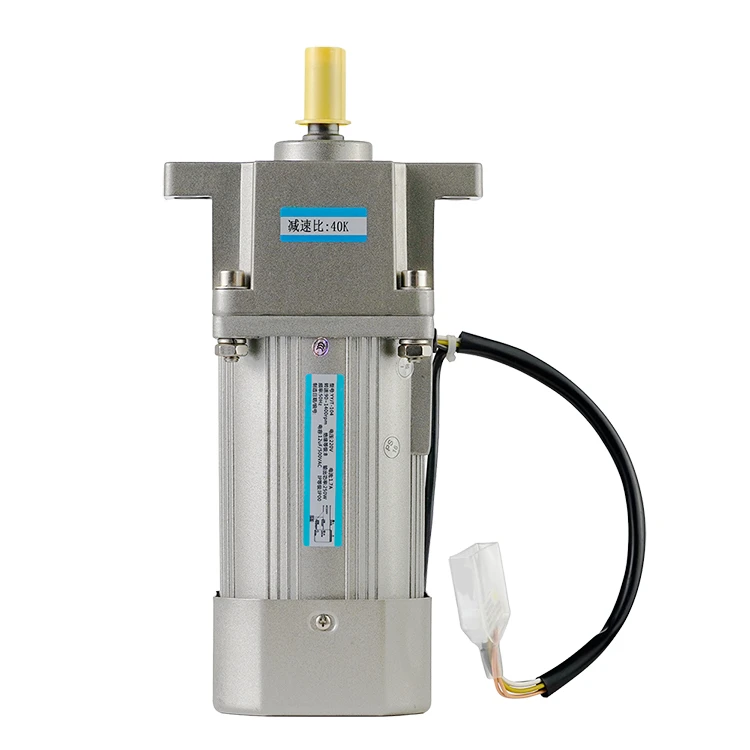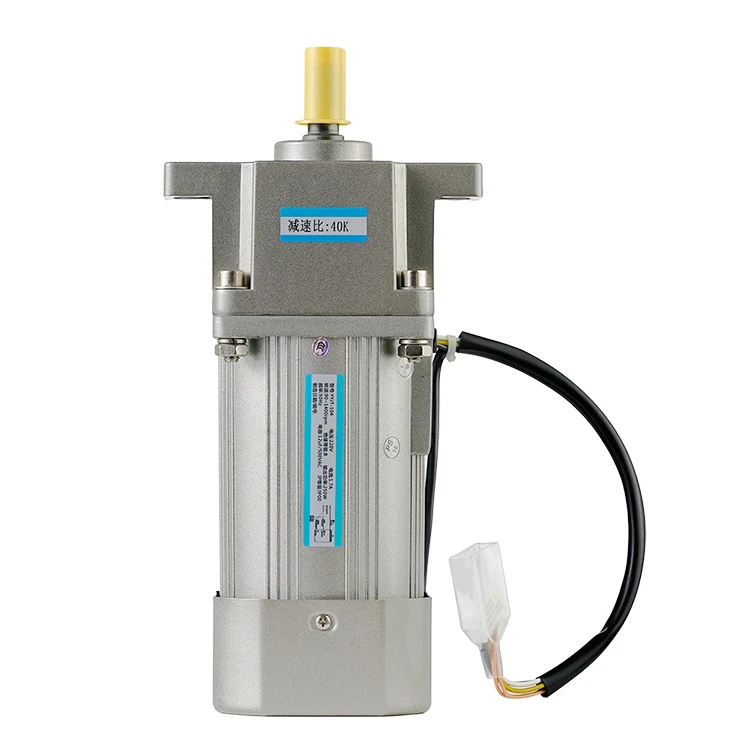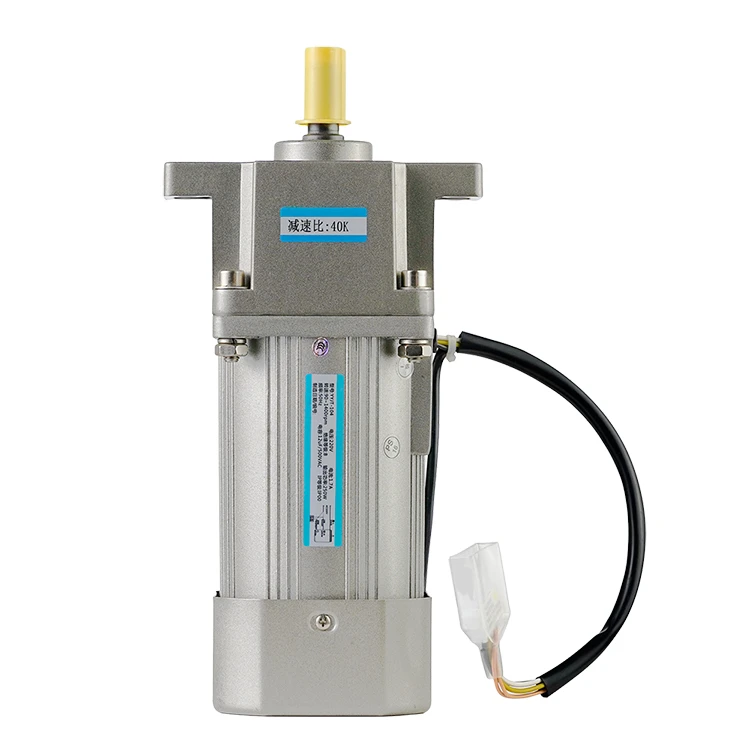How do you determine the number of steps per revolution for a stepper motor?
2023-04-13 16:33:42
Stepper motors are widely used in various applications that require precise positioning and control. The resolution of a stepper motor is defined by the number of steps it takes to complete one revolution, also known as the step angle. Determining the step angle of a stepper motor is crucial to its performance, and in this article, we will discuss how to calculate the number of steps per revolution for a stepper motor.
The step angle of a stepper motor is determined by its mechanical construction, specifically the number of teeth on the rotor and the number of stator windings. The step angle is typically expressed in degrees, and it is calculated as follows:
Step angle (θ) = 360 / (number of rotor teeth x number of stator windings)
For example, let's consider a stepper motor with 50 teeth on the rotor and four stator windings. Using the formula above, we can calculate the step angle as:
θ = 360 / (50 x 4) = 1.8 degrees
Therefore, this stepper motor has a step angle of 1.8 degrees, meaning it requires 200 steps to complete one revolution (360 / 1.8).
It is worth noting that the step angle is not the same as the resolution of the stepper motor. The resolution is determined by the microstepping technique used by the stepper driver, which can divide the step angle into smaller fractions. For example, a stepper motor with a step angle of 1.8 degrees can achieve a resolution of up to 256 microsteps per step, resulting in a total resolution of 51,200 steps per revolution (200 x 256).
To determine the step angle of a stepper motor, you can also consult the manufacturer's datasheet or specifications. The step angle is typically listed as a parameter, along with other specifications such as torque, holding current, and inductance.
In conclusion, the step angle of a stepper motor is a critical parameter that determines its resolution and performance. The step angle can be calculated using the formula above, based on the number of rotor teeth and stator windings. When selecting a stepper motor, it is essential to consider its step angle, torque, and other performance parameters to ensure it meets the requirements of the application.
See What Lunyee Can Do For You
Contact Us
- 8619149417743
- +86-0371-5562 0274
- [email protected]
- Zhengzhou, Henan Province, China
- Mon-Fri: 9:00 - 18:00
